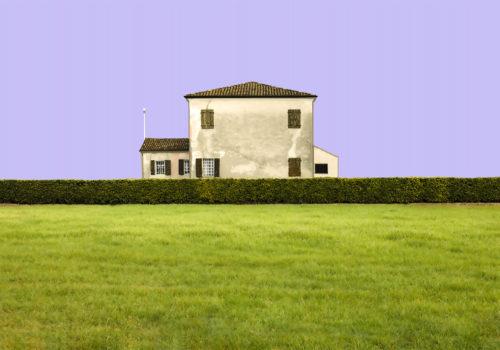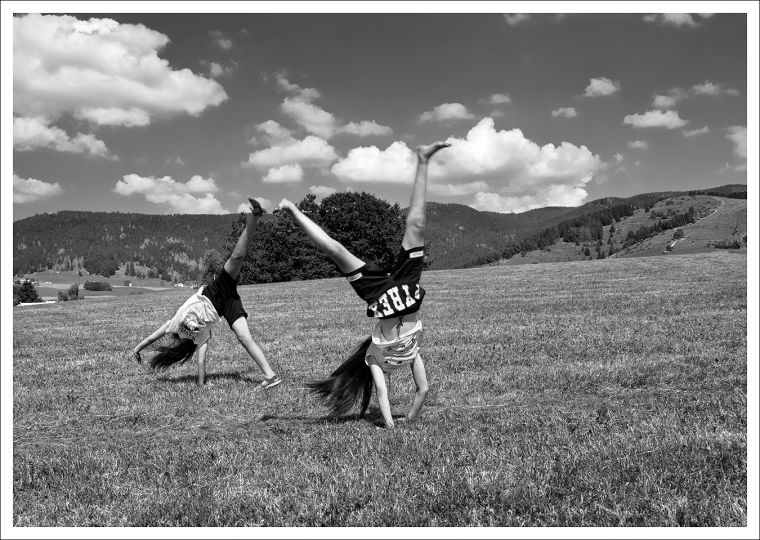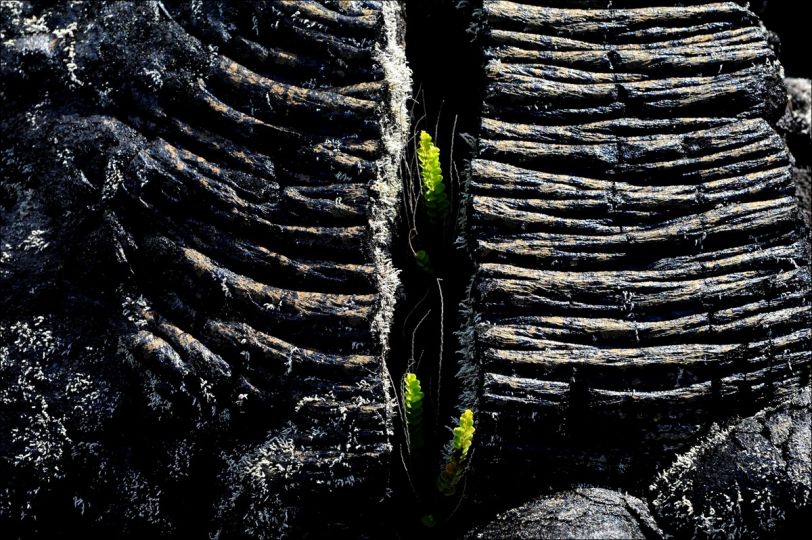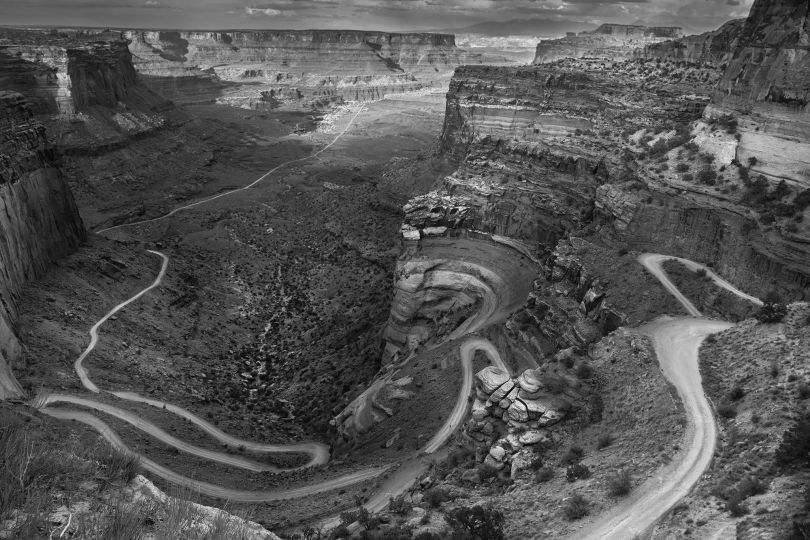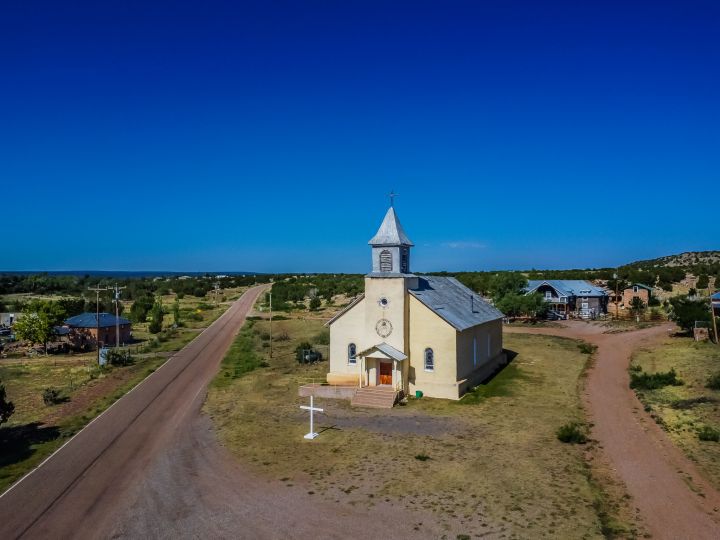They’ve gone away
The gaze of a traveller, who would like to immerse himself in the evocative atmosphere of the lower Piave, would be captured after a few kilometers by the discreet presence, in the landscape, of unusual imposing buildings integrated with unexpected material naturalness in the countryside.
These are the so-called farmhouses. This ends up creating in his mind, as he progresses through these places, day after day, a sort of sensation of an awaited appointment.
I lived this experience in an emotionally intense way, which went beyond documentary intent.
What I have tried to tell, “illustrating” and therefore inserting a strong interpretative component, is a story, one of the many stories hidden in these border areas between land and water. As an astonished and curious observer, as I felt throughout this slow journey of discovery, I have tried to give new life to this apparently “forgotten” landscape, sometimes also using my imagination, but more often trying to grasp its coy poetry , which I wanted to try to bring out. Past lives can be guessed inside and around these monuments of a peasant reality, now extinct. Stone dinosaurs mark the territory, almost a warning not to forget those who have rejoiced, suffered and worked hard and industriously here. I therefore created images that could be defined as lively, in which however the patina of time maintains its discreet, unmistakable presence.
This work stems from my personal desire to explore the emotional-affective relationship that has long linked me to the landscape of Eastern Veneto, more specifically that of the lower Piave, characterized, among other things, by the presence of a particular type of architecture, that of the so-called farmhouses, which form a fundamental and integral part.
Their presence, to an attentive observer, does not go unnoticed, as long as you choose to travel along the provincial roads at low speed or, better still, when you enter the secondary road network.
It was necessary to spend a certain amount of time and carry out careful research on the maps before moving to the field in order to then, once on site, approach the subject with the right perspective and in the right light conditions, as well as having the suitable photographic equipment.
Equally essential was to carry out in advance a series of in-depth analyzes of the historical and geographical context of the topic in question.
In this regard, I thank Dr. Piergiorgio Rossetto, a profound connoisseur of these territories and their anthropological characteristics, for the precious advice that he has generously placed at my disposal.
From these premises it is clear that the final intent was therefore not to then organize the material that I would have acquired with a documentary purpose, an operation that the abundance of photographic material collected could also have allowed, but to draw from it those emotional cues, which were the main purpose that had prompted me to embark on this journey.
The historical-geographical context
The progressive reclamation of these territories, implemented gradually with greater intensity and effectiveness in the last twenty years of the 19th century and then in the first half of the 20th century, created the possibility of considerably expanding the areas destined for agriculture.
The Reclamation Consortiums that have arisen here, as happened in other areas of the Veneto and Italy, are clear evidence of this.
The farmhouse, which spread as a constructive model in these areas mainly between 1880 and 1935, had the function of providing a house adjacent to the workplace for the laborers who worked the land with sharecropping contracts. These structures generally arose quite isolated in each of the numerous landholdings. However, already towards the end of the 1950s, the industrialization process, the tourist development towards the sea and the mechanization of agricultural processes progressively reduced the number of laborers needed for agricultural activities. In 1964, sharecropping was definitively abolished in Italy. The 1966 flood also demonstrated that the river was not yet fully under control.
All this determined, in a rather rapid time, profound changes at a social and working level with a strong push towards the urbanization of an important part of the population.
Therefore these large structures were, one could say, abandoned from one day to the next and now remain only as important evidence of a precise historical phase: their demolition would have a high cost and unfortunately therefore their fate, in the absence of, at the moment no conservative interventions are foreseen, it seems to be the slow degradation.
Lorenzo Vitali

